
SQL Server 2012 with PowerShell V3 Cookbook
¥107.90
SQL Server 2012 with PowerShell V3 Cookbook" is an example-focused book that provides step-by-step instructions on how to accomplish specific SQL Server tasks using PowerShell. Each recipe is followed by an analysis of the steps or design decisions taken, and additional information about the task at hand. Working *s are provided for all examples so that you can dive in right away. You can read this book sequentially by chapter, or you can pick and choose which topics you need right away,This book is written for the SQL Server database professional (DBA, developer, BI developer) who wants to use PowerShell to automate, integrate, and simplify database tasks. A little bit of *ing background is helpful, but not necessary.
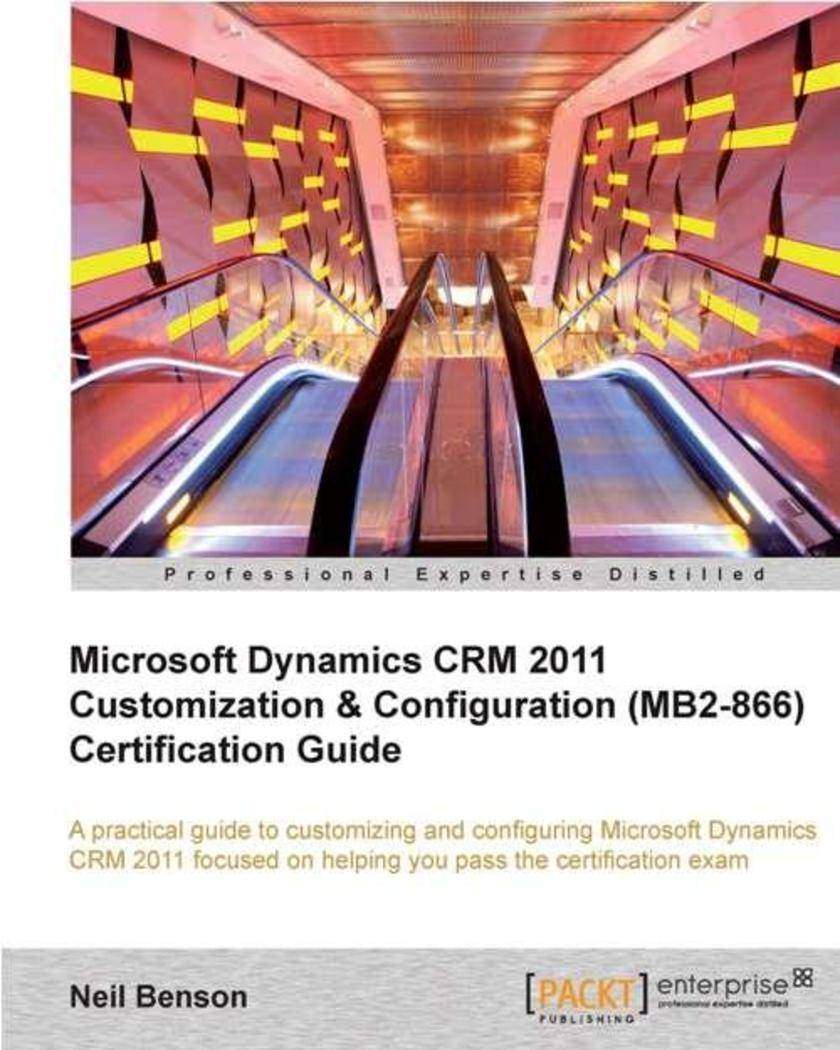
Microsoft Dynamics CRM 2011 Customization & Configuration…
¥107.90
This book is in the Enterprise certification series which means it is a hands-on guide with practical instruction, examples and all the information you will need to be successful in the exam, as well as 75 practice questions in the exam style. It includes practical advice on how to book the exam, approach the questions and maximize your score. "Microsoft Dynamics CRM 2011 Customization & Configuration (MB2-866) Certification Guide" is perfect for IT professionals and developers who work for a Microsoft partner or customer organizations. If you want to demonstrate your expertise and advance your career by obtaining Microsoft certification this book will provide you with the insight you need to succeed.
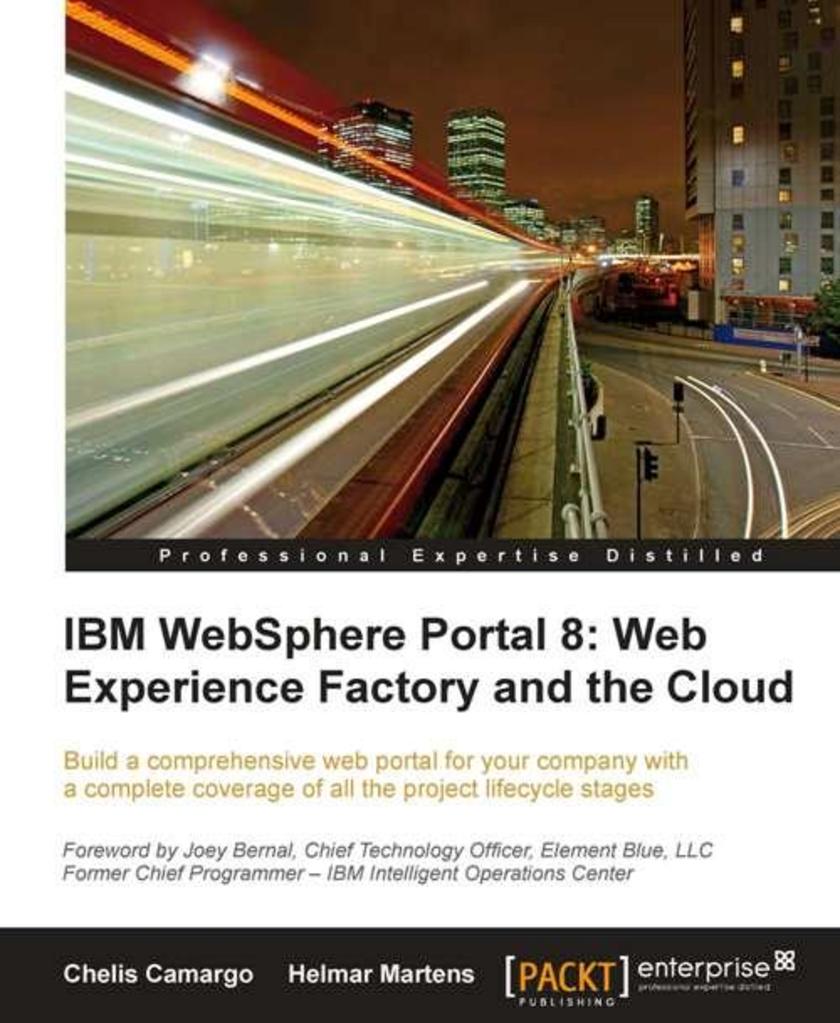
IBM Websphere Portal 8: Web Experience Factory and the Cloud
¥107.90
This book is written in simple, easy to understand format with lots of screenshots and step-by-step explanations. If you are an IBM WebSphere Portal developer, looking to develop and enhance enterprise portals by understanding the complete portal project lifecycle, then this is the best guide for you. This book assumes that you have a fundamental knowledge of working in the WebSphere Portal environment.
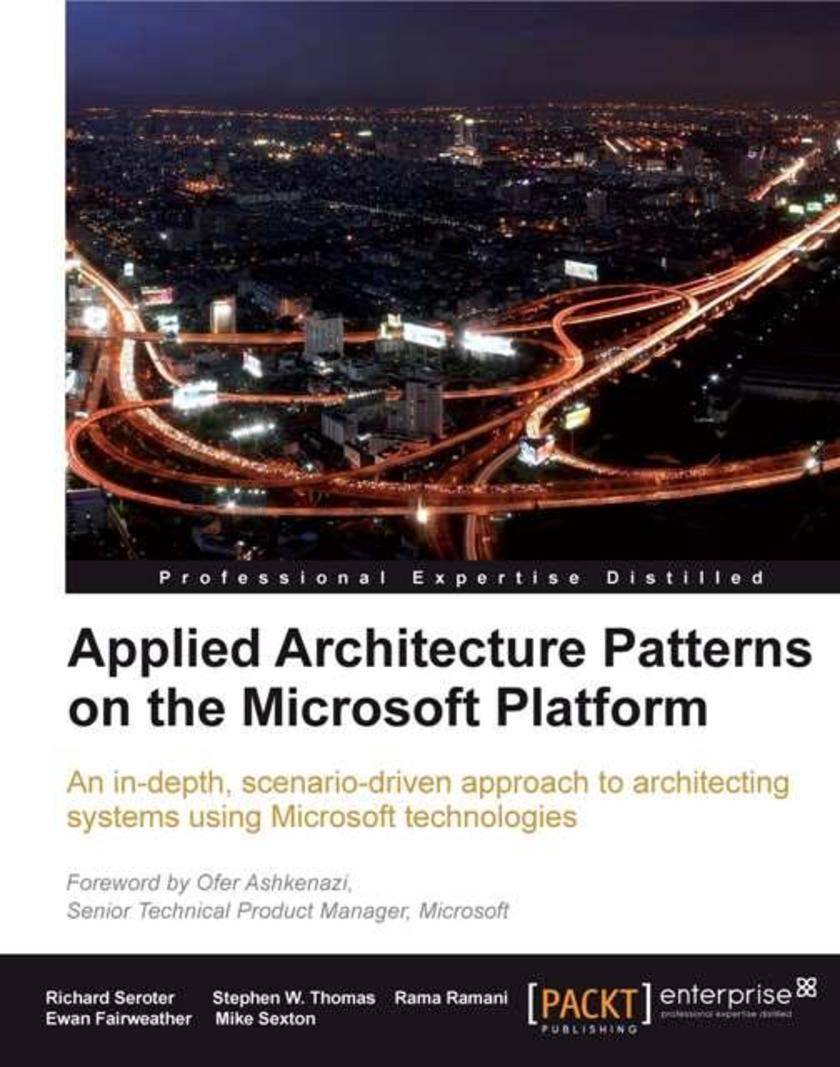
Applied Architecture Patterns on the Microsoft Platform
¥107.90
The book consists of a set of business scenarios and corresponding solution critiques. Each "use case" chapter is made up of a problem de*ion, assessment of implementation options, and the selection of the ideal solution candidate. We then construct the solution using the chosen Microsoft technology. This book is for architects, developers, and managers who need to improve their knowledge of the Microsoft application platform. This book will appeal to anyone who wants to get up to speed on selecting the most appropriate platform for a particular problem. Consultants and executive leadership will also find significant value in this book. A good understanding of the general Windows platform and development technologies would be helpful.
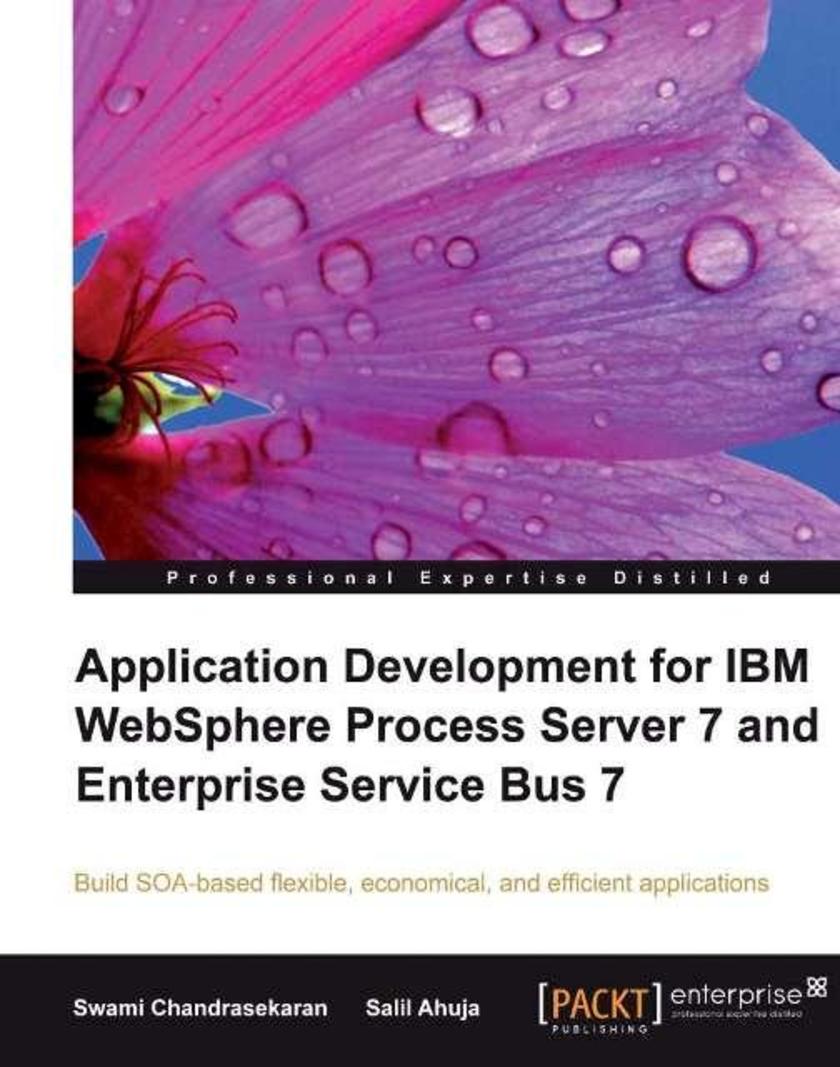
Application Development for IBM WebSphere Process Server 7 and Enterprise Servic
¥107.90
This book covers building an application using the principles of BPM and SOA, using WPS and WESB. The various detailed aspects, features, and capabilities of the product are conveyed though examples. It also provides pragmatic guidance on various aspects in relation to building the SOA application. Every section has solutions to common problems and pitfalls. This book is for SOA architects, designers, and developers who have a basic understanding of SOA concepts and would like to learn more about building solutions and applications using IBM WebSphere Process Server and WebSphere Enterprise Service Bus.
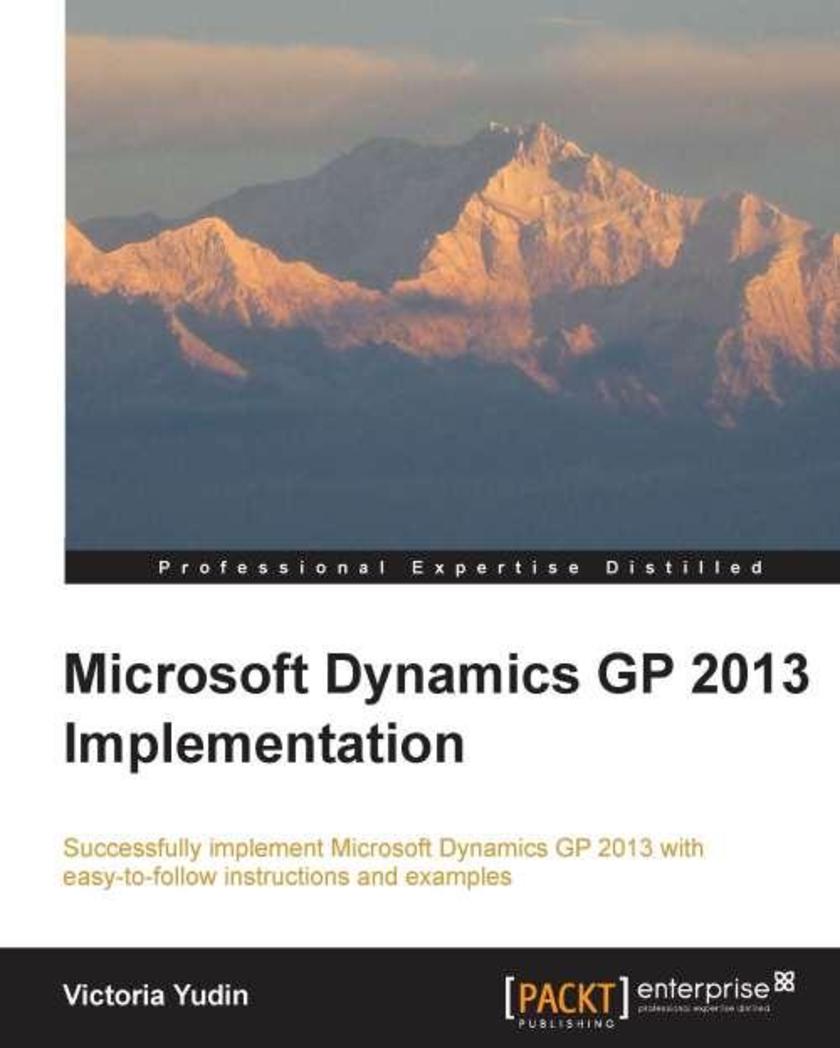
Microsoft Dynamics GP 2013 Implementation
¥107.90
A step-by-step guide for planning and carrying out your Microsoft Dynamics GP 2013 implementation. Detailed de*ions and illustrations of setup screens and practical examples and advice are included for the Dynamics GP system and core modules.If you are a new or existing Microsoft Dynamics GP consultant or an end user who wants to implement, install, and set up core modules of Dynamics GP 2013, then this book is for you. A basic understanding of business management systems and either Dynamics GP or a similar application is recommended.

Oracle Application Express 3.2 – The Essentials and More
¥107.90
This book is a practical guide that not only shows you how to do things, but also makes you understand how things really work, so you'll be able to develop your own applications. It uses many screenshots, examples, and real-time "APEX code", some of which is documented for the first time. This book is for developers, in general, and web developers, in particular, who wish to learn how to develop data-centric web applications in the Oracle environment. It is also for novice APEX developers, who wish to learn how to use and best utilize the APEX environment, as well as for more experience APEX developers who wish to improve their knowledge and understanding of APEX and its capabilities, and learn from the experience of others. It assumes basic knowledge of HTML, SQL, and PL/SQL. Basic JavaScript understanding is an advantage, and in general can make your life much easier as an APEX developer.
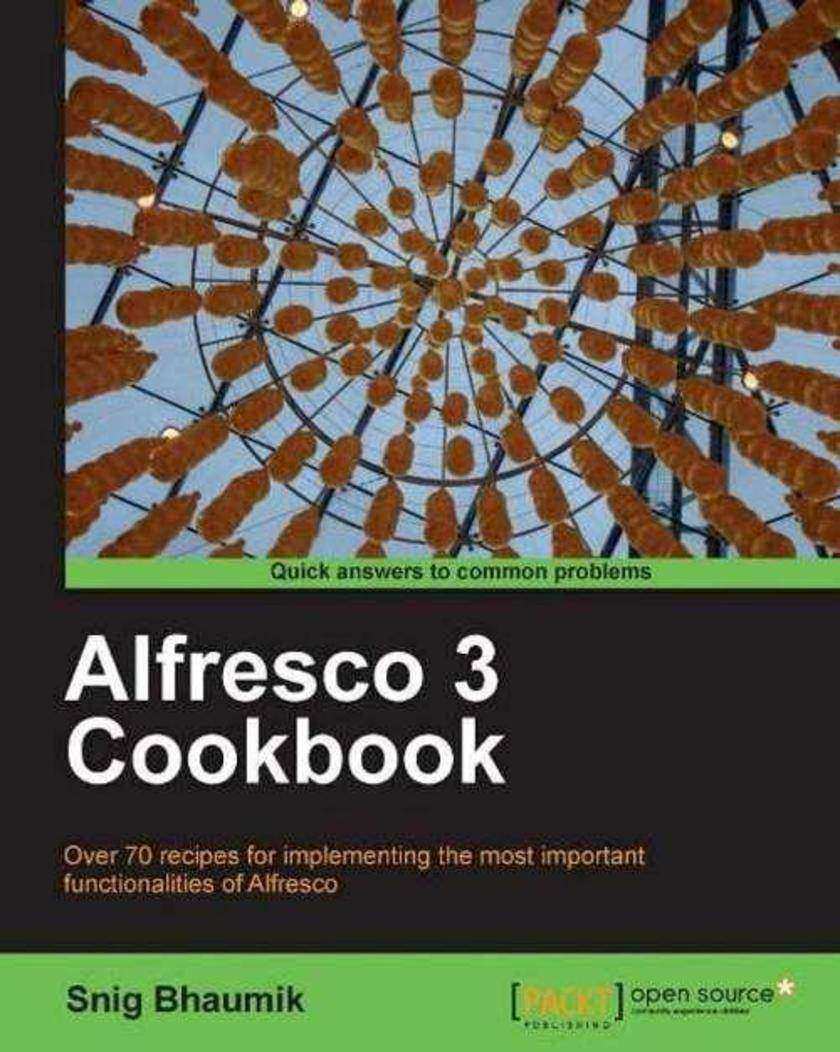
Alfresco 3 Cookbook
¥107.90
Written in a cookbook style, this book offers solutions using a recipe based approach. Each recipe contains step-by-step instructions followed by an analysis of what was done in each task and other useful information. If you are a software developer interested in content management systems, who wants to work with Alfresco or is already experienced in Alfresco, this cookbook will get you up and running quickly. If you want rapid implementation of Alfresco’s most important and effective features then this is the cookbook for you.
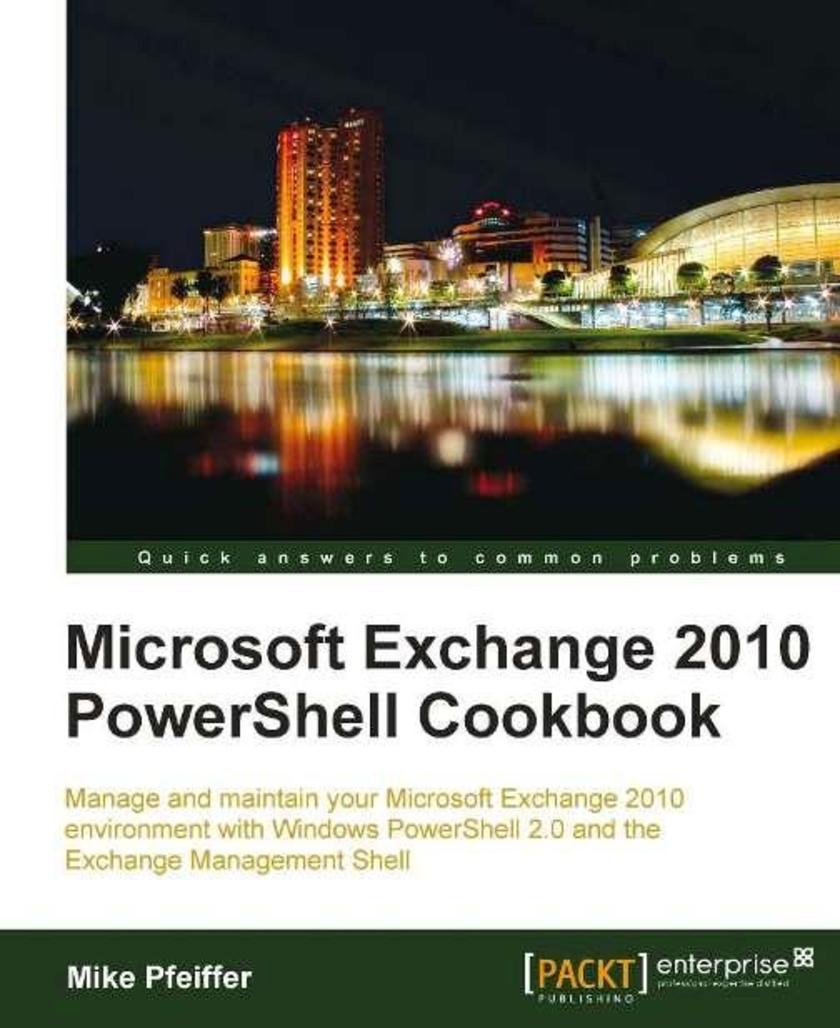
Microsoft Exchange 2010 PowerShell Cookbook
¥107.90
This book is written in a cookbook-style format and provides practical, immediately usable task-based recipes that show you how to manage and maintain your Microsoft Exchange Server 2010 environment with Windows PowerShell 2.0. Each chapter of the book is written so that it can be used as a desktop reference, or it can be read from beginning to end, allowing you to build a solid foundation for building *s in your Exchange environment. This book is for messaging professionals who want to learn how to build real-world *s with Windows PowerShell 2.0 and the Exchange Management Shell. If you are a network or systems administrator responsible for managing and maintaining Exchange Server 2010, then this book is for you. The recipes in this cookbook touch on each of the core Exchange 2010 server roles and require a working knowledge of supporting technologies including Windows Server 2008 or Windows Server 2008 R2, Active Directory, and DNS. This book covers the latest additions to Exchange Server 2010 including Service Pack 1. A basic understanding of Exchange Server 2010 and Windows PowerShell 2.0 is highly recommended.

ADempiere 3.6 Cookbook
¥107.90
Written in a cookbook style, this book offers solutions using a recipe-based approach. Each recipe contains step-by-step instructions followed by an analysis of what was done in each task and other useful information. The cookbook approach means you can dive into whatever recipes you want in no particular order.If you want to easily implement ADempiere in your organization, this book is for you. This book will also be beneficial to system users and administrators who wish to implement an ERP system. Only basic knowledge of ADempiere is required. This cookbook will build on that basic knowledge equipping you with the intermediate and advanced skills required to fully maximize ADempiere. A basic knowledge of accounting and the standard business workflow would be beneficial.
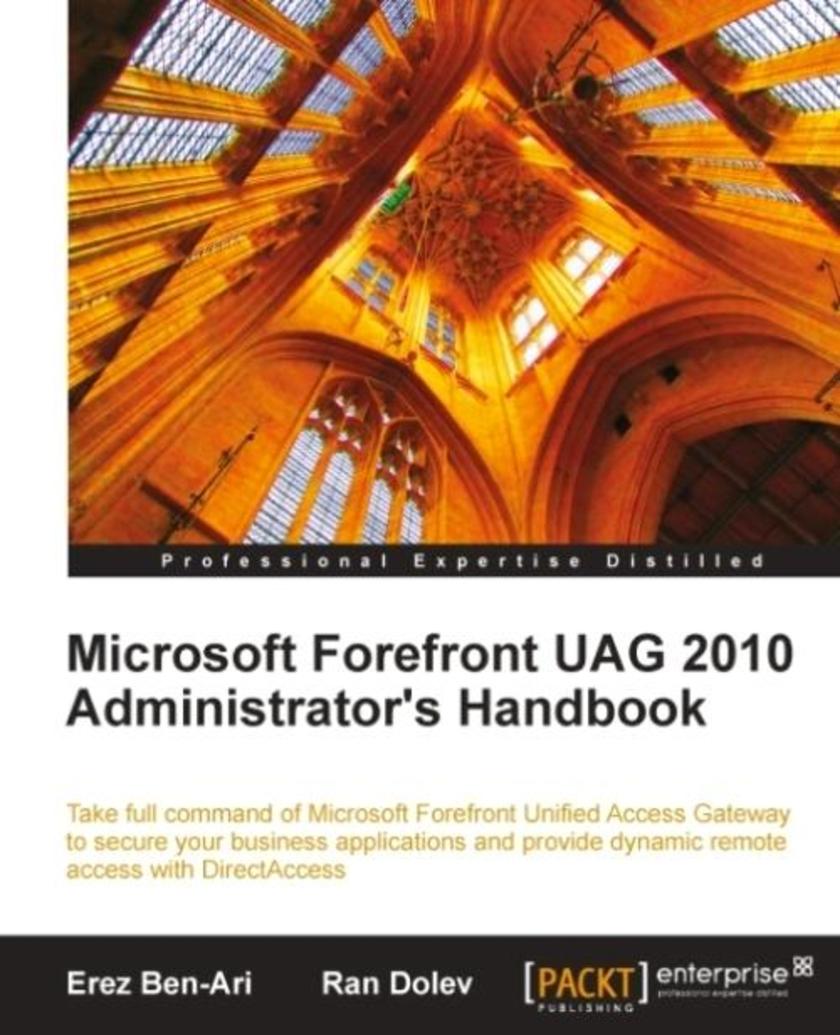
Microsoft Forefront UAG 2010 Administrator's Handbook
¥107.90
This book is a hands-on guide, describing concepts, ideas and terminology related to UAG and related technologies. The book starts with a discussion of terms that UAG technology is based on, and proceeds with step-by-step guidance for performing the various tasks related to UAG's core features. Each topic is preceded by a discussion of considerations that the administrator and the organization needs to go through to prepare for the task at hand, and includes plenty of screenshots illustrating what the administrator should expect to see on-screen, with real-life examples of configuration options. If you are a Networking or Security engineer who intends to integrate UAG into the organization network, then this book is for you. You need no experience with UAG or its predecessors, though basic understanding of Networking and Windows Server management and engineering is required. Experience with security systems like Firewalls would also help you to better understand some of the topics covered by this book.
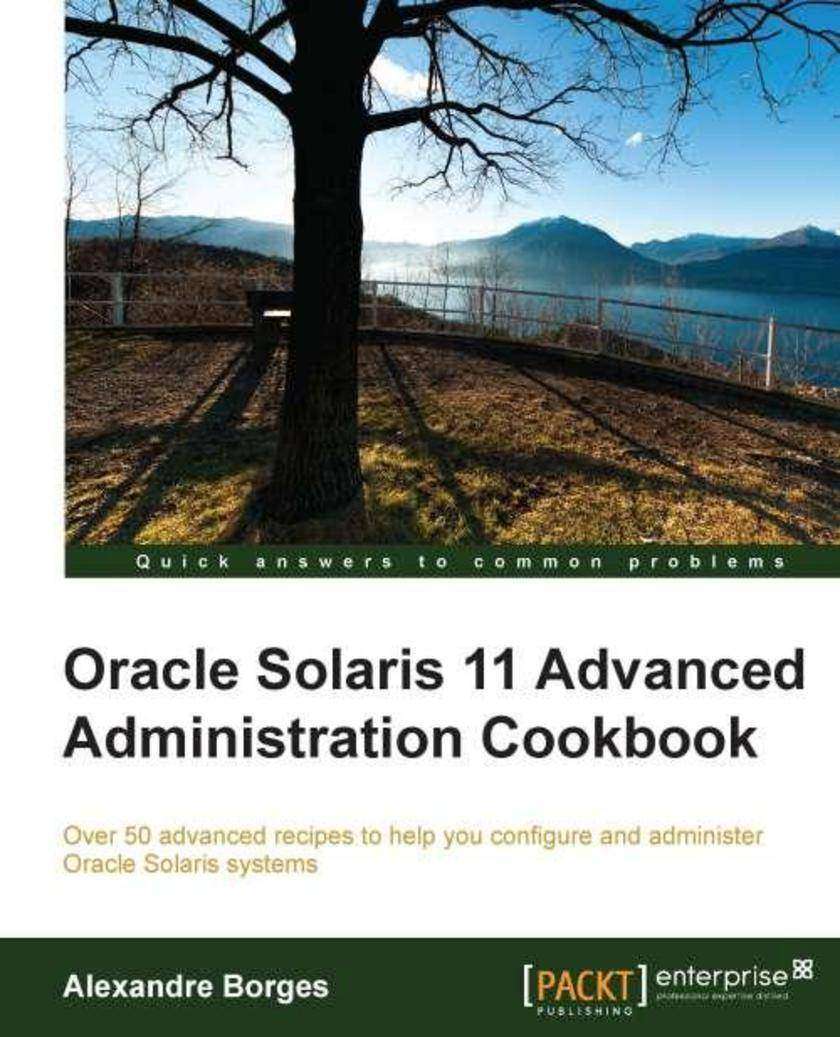
Oracle Solaris 11 Advanced Administration Cookbook
¥107.90
If you are a Solaris administrator who wants to learn more about administering an Oracle Solaris system and want to go a level higher in utilizing the advanced features of Oracle Solaris, then this book is for you. A working knowledge of Solaris Administration is assumed.

Force.com Enterprise,Architecture
¥107.90
This book is for advanced Force.com developers and architects who need to understand the Salesforce platform from the perspective of enterprise-level requirements. You should have an existing understanding of Apex and Visualforce. Those familiar with other enterprise software ecosystems will also find this book ideal as they adopt Force.com.
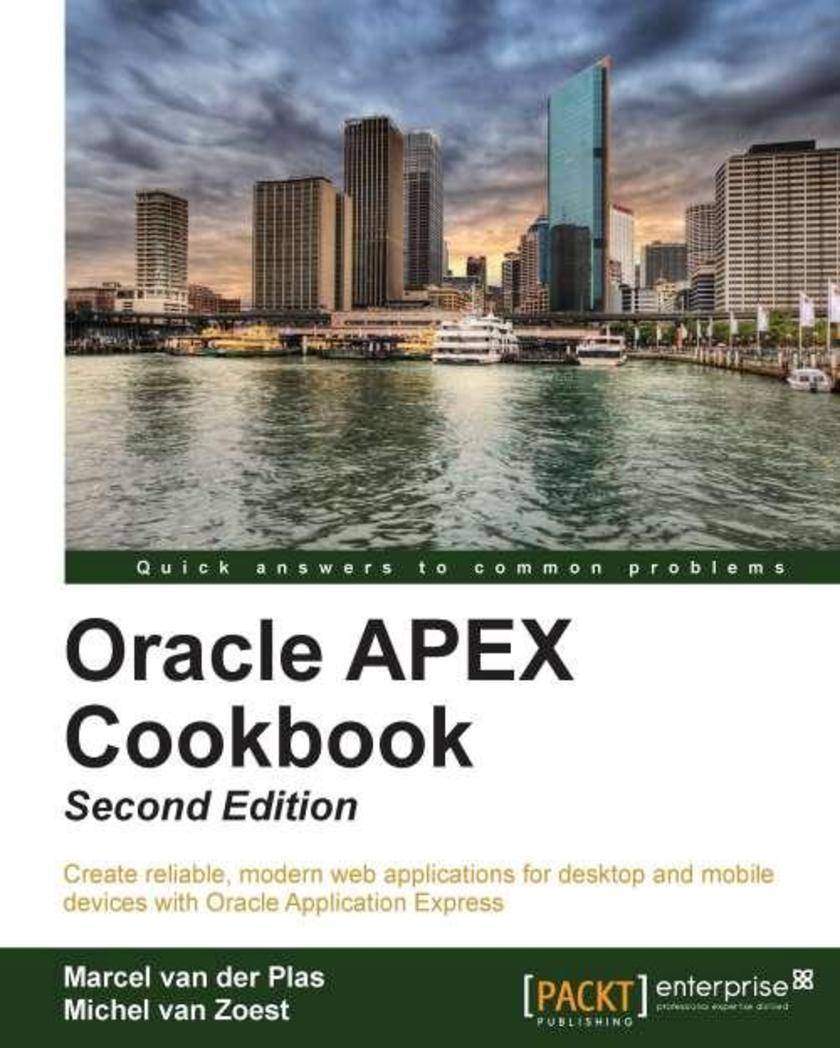
Oracle APEX 4.2 Cookbook : Second Edition
¥107.90
As a Cookbook, this book enables you to create APEX web applications and to implement features with immediately usable recipes that unleash the powerful functionality of Oracle APEX 4.2. Each recipe is presented as a separate, standalone entity and the reading of other, prior recipes is not required.It can be seen as a reference and a practical guide to APEX development.This book is aimed both at developers new to the APEX environment and at intermediate developers. More advanced developers will also gain from the information at hand.If you are new to APEX you will find recipes to start development and if you are an experienced user you will find ways to improve your productivity and efficiency and make the most of APEX to enhance your applications.A little knowledge of PL/SQL, HTML and JavaScript is assumed.
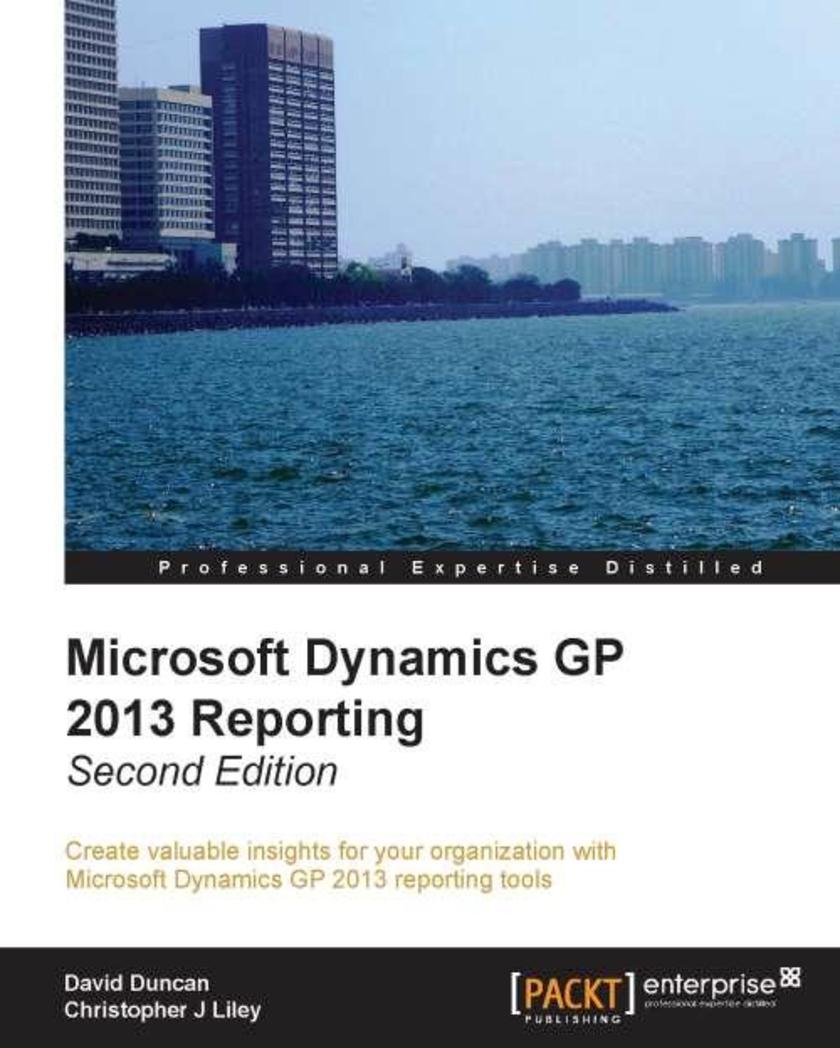
Microsoft Dynamics GP 2013 Reporting, Second Edition
¥107.90
A practical guide to creating and managing reports as well as identifying the most appropriate reporting tool for any reporting challenge, this book employs real-life, step-by-step examples in a part tutorial, part reference manner.If you are a Microsoft Dynamics GP developer, consultant or power user who wants to create and manage reports, then "Microsoft Dynamics GP 2013 Reporting, Second Edition" is for you. A working knowledge of Microsoft Dynamics GP is required. A basic understanding of business management systems and reporting applications such as Microsoft Excel and SQL Reporting Services is highly recommended.
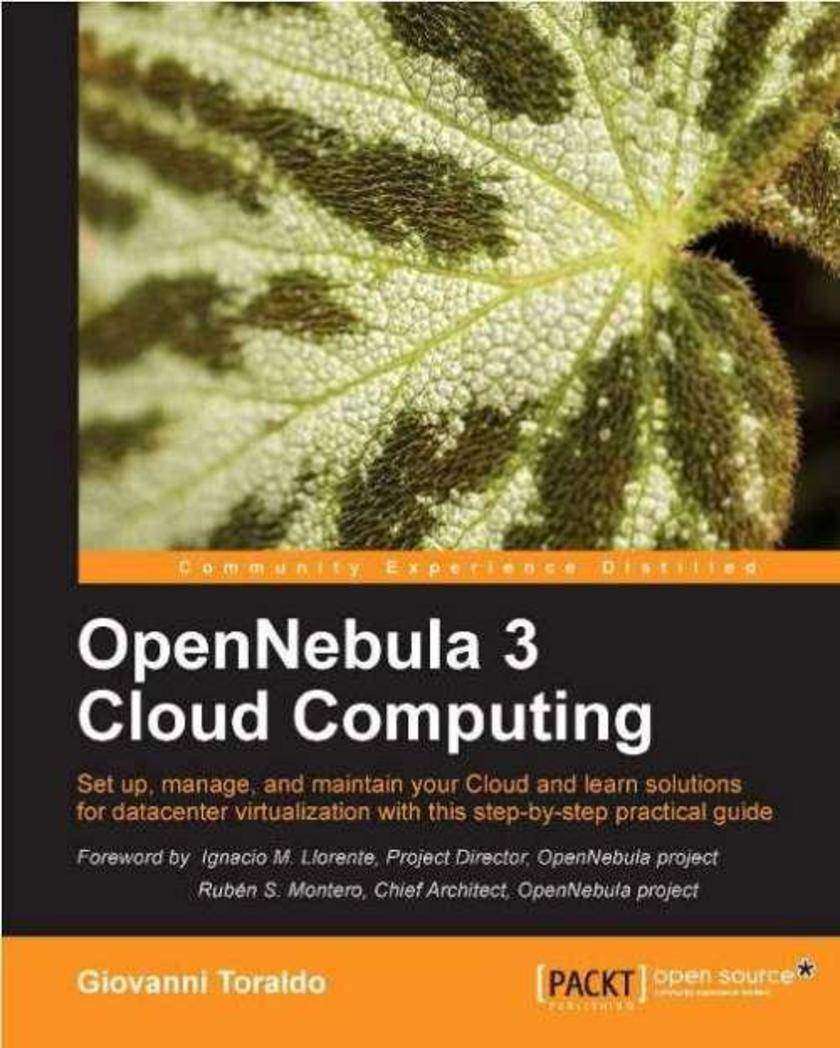
OpenNebula 3 Cloud Computing
¥107.90
This is a step-by-step practical guide to get you started easily with openNebula. It guides you to build, maintain, and configure your cloud infrastructure, providing real-world examples in a simple and coherent manner. If you are a GNU/Linux system administrator with no experience with virtualization or cloud computing but eager to learn about it, or you are thwarted by your current virtualized infrastructure, this book is for you. You are expected to have some basic knowledge of GNU/Linux, with knowledge of basic package management tools and system configuration.
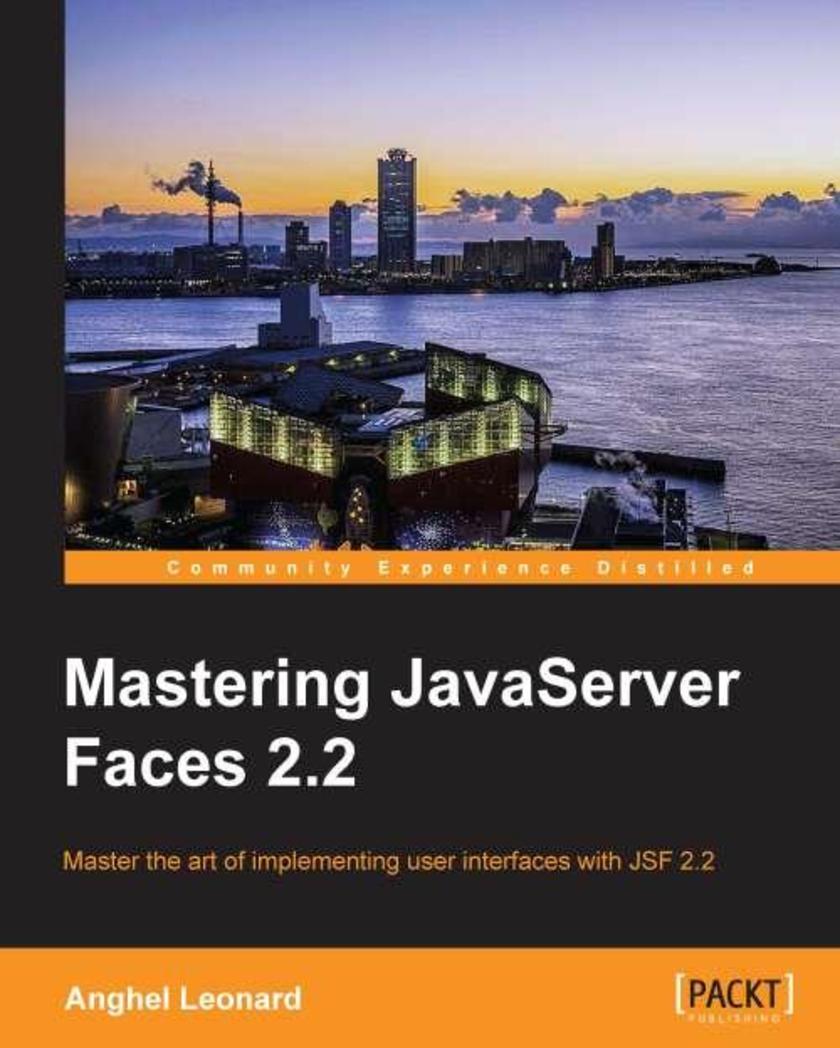
Mastering JavaServer Faces 2.2
¥107.90
A homogenous guide integrating the features of JSF 2.x (2.0, 2.1 and 2.2), following a “learning through examples” paradigm with its main focus on the advanced concepts of JSF. If you are a web developer who uses JSF, this is the book for you. Catering to an intermediate-advanced audience, the book assumes you have fundamental knowledge of JSF. It is intended for the developer who wants to improve their skills with the combined power of JSF 2.0, 2.1, and 2.2.

System Center 2012 R2 Virtual Machine Manager Cookbook
¥107.90
This book is a step-by-step guide packed with recipes that cover architecture design and planning. The book is also full of deployment tips, techniques, and solutions. If you are a solutions architect, technical consultant, administrator, or any other virtualization enthusiast who needs to use Microsoft System Center Virtual Machine Manager in a real-world environment, then this is the book for you. We assume that you have previous experience with Windows 2012 R2 and Hyper-V.
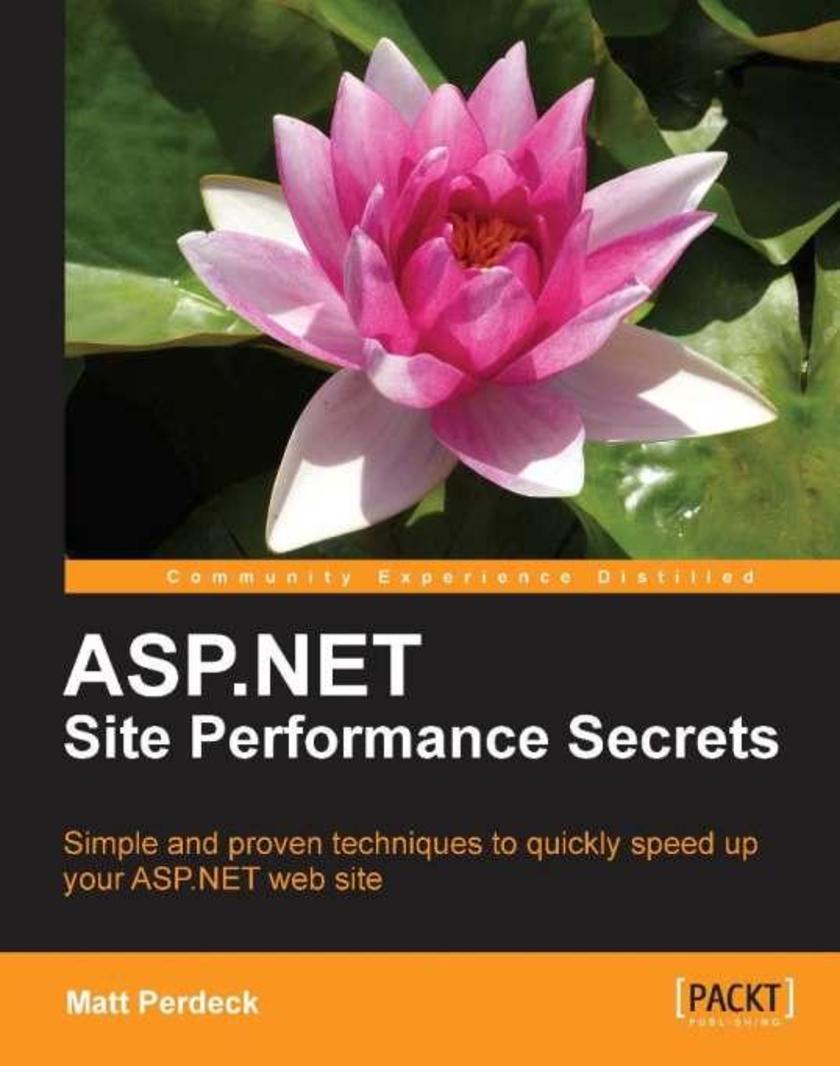
ASP.NET Site Performance Secrets
¥107.90
Written in a practical and clear conversational style, this book is filled with real-life website performance scenarios. It is replete with lots of working code samples and practical advice, and just the right amount of theory you need to make sense of it all. This book is written for ASP.NET/SQL Server-based website developers who want to speed up their site using simple, proven tactics without going through a lot of unnecessary theoretical learning. If your website isn't performing well, this is the ideal book for you.

BizTalk Server 2010 Cookbook
¥107.90
This book will explain step-by-step in each recipe how to, for example, implement a certain orchestration pattern, test a BizTalk artifact, monitor BizTalk with a third party tool, or secure a message. The recipes in this book are easy to understand and follow as the author discusses real-world scenarios. The range of topics covered in this book will bring out the forward-thinking BizTalk developer in you. The examples are supported by relevant background information for ease of understanding. This book is for professional BizTalk Developers and administrators to take their skills to the next level and explore the numerous capabilities BizTalk has. This book assumes that you have a basic understanding of BizTalk and SOA and BPM concepts.
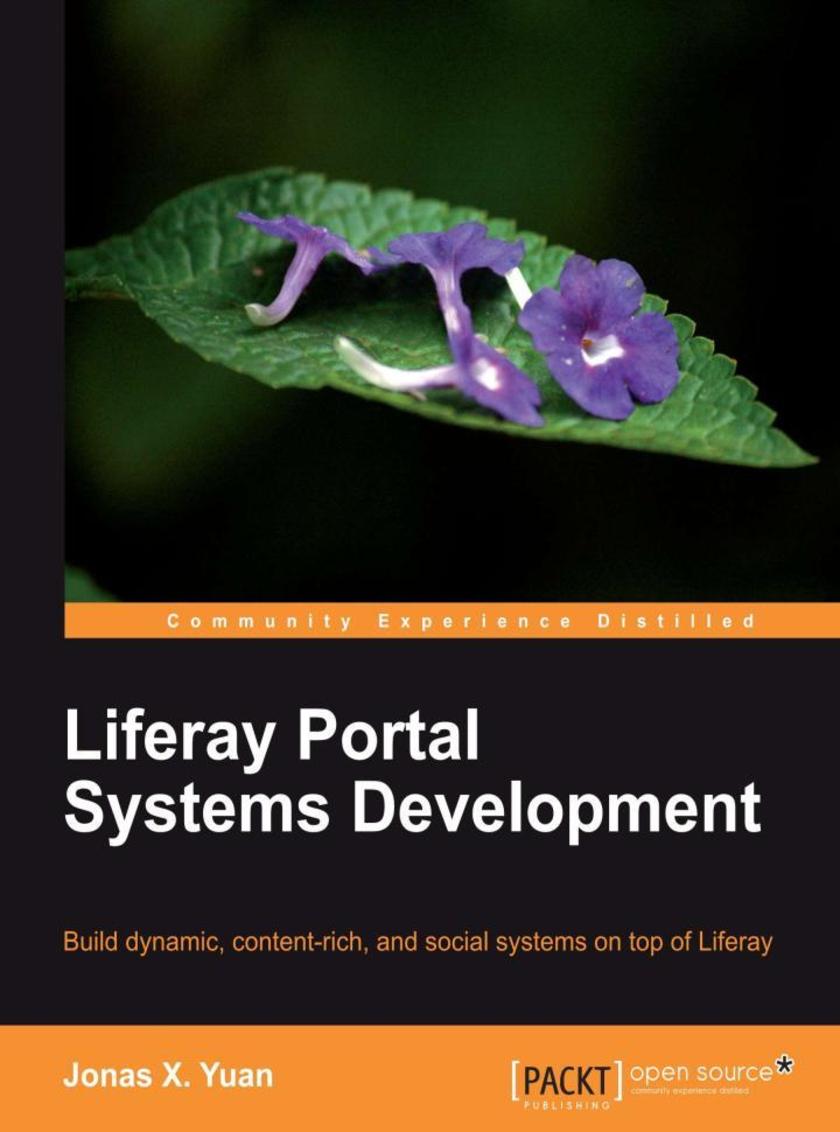
Liferay Portal Systems Development
¥107.90
This book is for Java developers who don't need any prior experience with Liferay portal. Although Liferay portal makes heavy use of open source frameworks, no prior experience of using these is assumed.




 购物车
购物车 个人中心
个人中心



